#black images
Text

RIP DMX
1 note
·
View note
Text

Can we find beauty in the dark?
1 note
·
View note
Text

#laila ali#black love#black couple#relationships#black images#marriage#black family#black pride#blacklove#blacklurve#black lurve#bnwo#black men#black women#black superiority#blacked
311 notes
·
View notes
Text
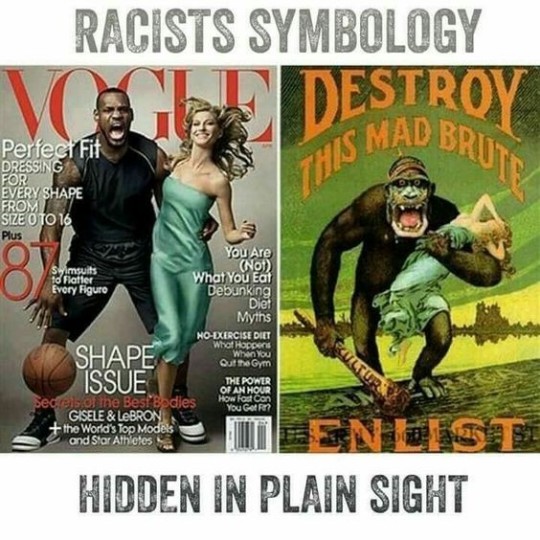
#black men#racism#thadeprogramming#black images#racist#bmww love#bmww#white supremacy#white supermacists#white media#bnwo#black superior race#black superiority#blacked#interracial marriage#interracial relationships#interracial#lebron james
2 notes
·
View notes
Photo
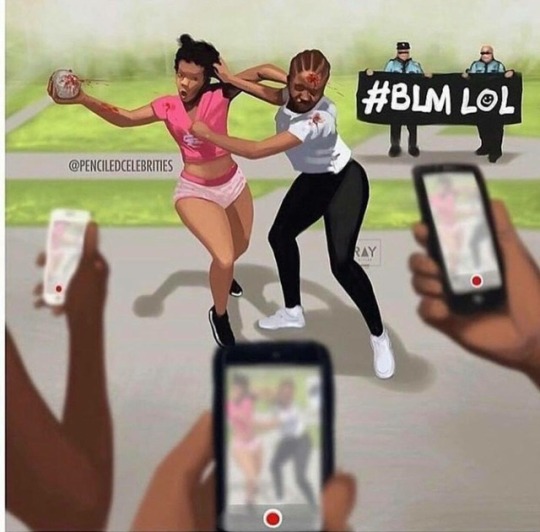
We are the ones who need to promote positive images but we choose not to. We promote disunity . We promote drama within our community . We promote fake reality tv shows that show our women who are so toxic and our black men. We are so in love with disfunction . Not only must we stop showing the negative we must do everything in our power to change the negative things about us . Help our sistas get along and help our brothas get along . Help black relationships become healthy and not toxic . We complain about white media exploiting us but we do the same . We complain about them killing us but we do the same .
#black power#black representation#black love#black images#positive black image#black positivity#acountability
954 notes
·
View notes
Photo

Say see whaaat??!?
#black panther#black images#china#asian perspective#too black?#hollywood depictions#tainting#relearning#quartz#wakanda
0 notes
Photo


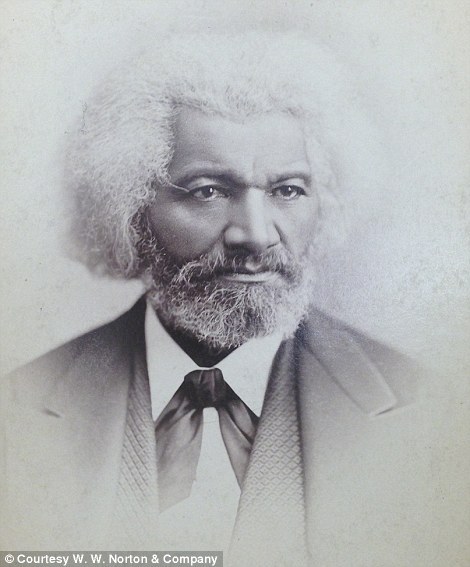


Former slave and leading abolitionist Frederick Douglass revealed to be the most-photographed American of the 19th century - ahead of Abraham Lincoln - as he fought to use the medium to change the view of black people…
He is revered as an abolitionist, author and orator, and has been called the father of the civil rights movement.
But it turns out that former slave Frederick Douglass was also the most photographed American of the 19th century, beating out George Custer, Walt Whitman and even Abraham Lincoln.
A new book that canonizes Douglass through historic photography brings together 160 images - many that have never been published - starting around 1841 and finishing around 1895.
Douglass began posing for portraits in the early 1840s after he escaped enslavement in Maryland…
…Douglass first sat for his “likeness,” as daguerreotypes were often called, around 1841, at the beginning of his public career. By the end of the decade, following his extraordinary success as an orator and autobiographer, he was famous at the very time photography had become hugely popular. There were photographic studios in every city, county, and territory in the free states. Virtually every Northerner could afford to have his or her portrait taken. Engravings, cut from these photographs, circulated as illustrations in best-selling books, including Douglass’s, and in the press, enabling readers to receive the news visually for the first time.Douglass recognized the power of photography. He and many other Americans believed that Mathew Brady’s photograph of Lincoln, taken in February 1860, helped elect him. At the time, Lincoln’s candidacy was a long shot, as he was virtually unknown in the east. After Brady’s photograph circulated widely in newspapers and became ubiquitous during the campaign, Lincoln purportedly said that Brady’s portrait had elected him. Douglass said the same thing: “The portrait makes the president.”
Douglass associated photography with freedom, and the feeling was shared by many across the nation’s free states who embraced photography with a fervor that surpassed that of every other nation on earth. The more rural southern slave states, however, were slower to embrace the medium. Defensive about slavery, white Southerners seemed to tacitly agree that there was much about their society best left un-illustrated.
Douglass defined himself as a free man and citizen as much through his portraits as his words. He also believed in photography’s power to convey truth. Even more than truth-telling, the truthful image represented abolitionists’ greatest weapon, for it exposed slavery as a dehumanizing horror. Photographic portraits bore witness to blacks’ essential humanity, countering the racist caricatures evident in lithographs and engravings based on drawings.
Douglass’s portraits and words sent a message to the world that he had as much claim to citizenship, with the rights of equality before the law, as his white peers. This is why he always dressed up for the photographer, appearing “majestic in his wrath,” as one admirer said of a portrait from 1852, and why he labored to speak and write with such eloquence. Through his images and words, he sought to “out-citizen” white citizens, at a time when most whites did not believe that blacks could be worthy citizens.
The sheer number of Douglass portraits—160 separate poses, reproduced millions of times—conveys not only his faith in photography, but his understanding of the public identity he was crafting. Photographers sought Douglass out and loved working with him. One friend boasted that she “owned more than 20 pictures of him,” and described how “the photographers are running after him to sit for them.”
Douglass would have been a savvy social media devotee, as he continually updated his public persona, projecting a continually evolving self. By doing so, he was defying the static foundations of both slavery and racism, which are predicated on the idea that some people of a certain race are somehow immutably inferior to others. Douglass’s fluid conception of the self united art and politics. He went so far as to say that “the moral and social influence of pictures” was more important in shaping national culture than “the making of its laws.”
His portraits evolved over the years from revolutionary freedom fighter and steely visionary to wise prophet and elder statesman. The most noticeable visual marker of his continual evolution is his facial hair and hairstyles. While 19th-century men experimented with hirsute faces, few did so as frequently as Douglass. He tracked, and often led, the prevailing fashion.
Among the 160 distinct Douglass poses, two continuities stand out. First, he almost never showed a smile, with the notable exception of an 1894 cabinet card, a popular post-war format that resembled a large postcard, six months before he died in 1895. Almost to the end of history life, he refuted the racist caricatures of blacks as happy slaves and servants. Second, he presented himself, in dress, pose, and expression, as a dignified and respectable citizen. Douglass’s portrait gallery contributed to his persona as one of the nation’s preeminent “self-made men,” the title of one of his signature speeches.
Nowadays, his portraits serve as an important visual legacy. In the thousands of murals, sculptures, paintings, prints, drawings, postage stamps, and magazine covers based on Douglass’ photographs, his face and demeanor broadcast a protest against lynching and segregation. It has lobbied for civil rights and celebrated Black Power. It dignified the black body that white Americans, according to Ta-Nehisi Coates, have so often tried to destroy.
For more information, visit W.W. Norton Books.
30 notes
·
View notes
Photo

0 notes
Photo




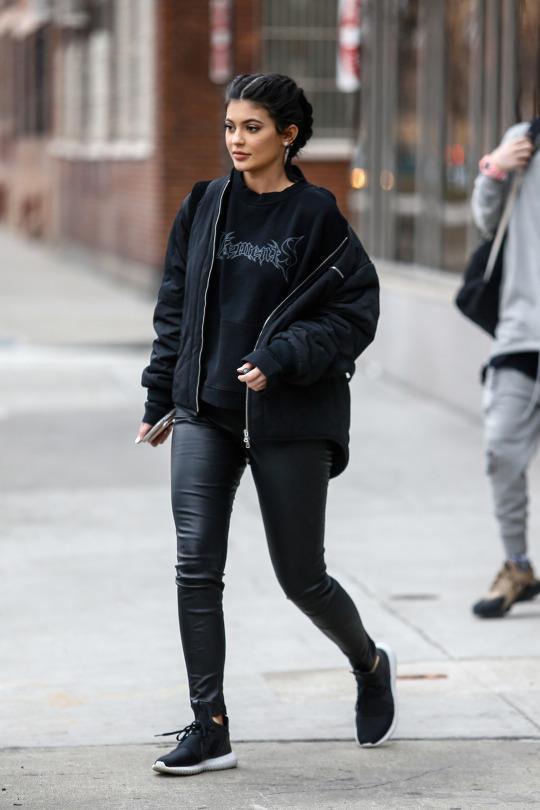



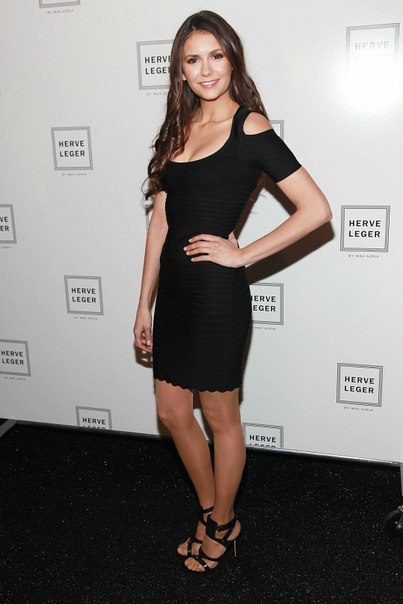
Hey, here are some images to be use in edits and anything you need. If you save/use one or more, give like or reblog, alright? Be honest, baby. Make your requests in ask.
2 notes
·
View notes
Text

#black love#black couple#black images#blacklove#marriage#black men and women#black family#relationships#bnwo#black couples#blacklurve#black superiority#black men#black women#black lurve#black supremacy#blacked#african american love
63 notes
·
View notes
Text
heart, red, black
New Post has been published on http://www.wallpapers4u.org/heart-red-black/
heart, red, black
heart, red, black
Download 1920×1080 heart, red, black, sky Wallpaper, Background Full HD 1080p
Resolution: 1920×1080
Category: other
How to set wallpaper on your desktop? Right-click the wallpaper, select Set As Background.
Don’t forget to share!
0 notes
Text
Plus size black girls with no curves
Plus size black girls with no ass get no love, we cute but we aren’t complete in society or our communities eyes, but we’re expected to be Strong thru all the jokes and ridicule. We learn snappy come backs or breakdown others flaws or we down ourselves so much to beat you to it. We take drastic measures to look like “black women/girls should look” we are expected to maintain confidence in ourselves and love ourselves despite others never seeing us as whole. Well I don’t have an ass, I don’t fill out dresses or skirts that are fitted, my jeans sag in the back even with a belt. I shop in the juniors for bottoms and plus for tops. I cry every time I go shopping for myself I hate looking in the mirror past my breast. I’m not curvy and ill probably never be curvy and there are black girls/women who are plus size with no curves who should know that they are beautiful and they are whole and they are absolutely enough. Fuck whoever tells you you aren’t or makes you feel less than. Tho I’m changing my body with weight loss, I’m defenitly learning to appreciate myself and love the beauty I’ve been blessed with; no ass and all. I was never taught or told to love myself as I was when I was young I was always criticized by my mother and other women so now everything I should have learned I’m learning now and my body has been my biggest struggle. No more! and to all my black women who struggle with their body…. Don’t. You are beautiful!!!!!
#black girl#black women#black love#black images#beauty#self love#self esteem#plus size#fat girls#butterfly#black girl magic#black girl makeup#naturalhair
666 notes
·
View notes
Photo

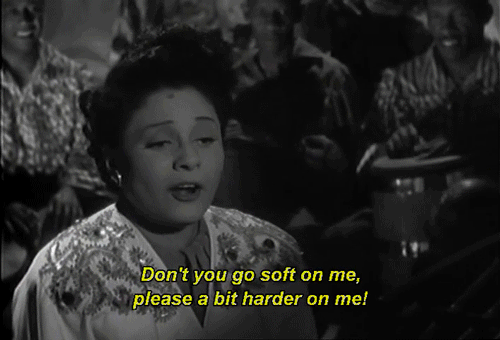
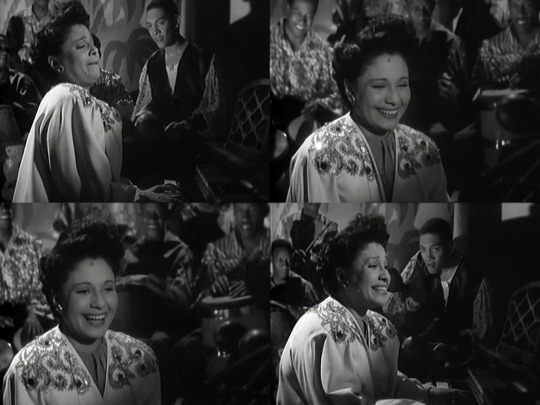


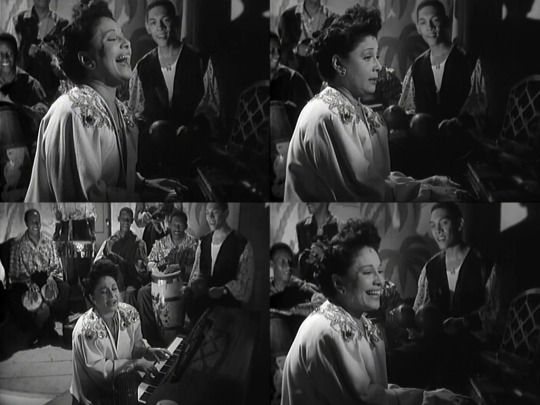


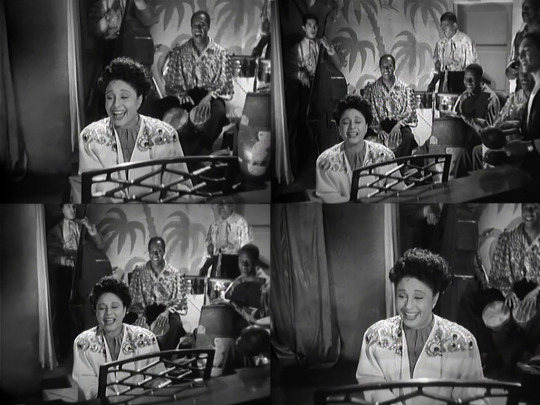

Afro-Cuban Flirtation: Rita Montaner in Víctimas del Pecado (Victims of Sin, Emilio Fernández, 1951)
1 note
·
View note
Text
Reboot Blacktv.
They should reboot The Cosby Show. A Different World. I wanna see where they are now; who's on campus learning and growing. We need positive blacks on TV again. Us youngsters need these images back.
1 note
·
View note
Text

#black women#black men#black love#black couple#black images#marriage#black family#black couples#relationships#bnwo#blacklove#blacklurve#black lurve#blacked#black supremacy#black men and women#african american love#black superior race#black owned
72 notes
·
View notes
Text
tree, ornaments, black
New Post has been published on http://www.wallpapers4u.org/tree-ornaments-black/
tree, ornaments, black
tree, ornaments, black
Download 1920×1080 tree, ornaments, black, white, gray Wallpaper, Background Full HD 1080p
Resolution: 1920×1080
Category: vector
How to set wallpaper on your desktop? Right-click the wallpaper, select Set As Background.
Don’t forget to share!
0 notes